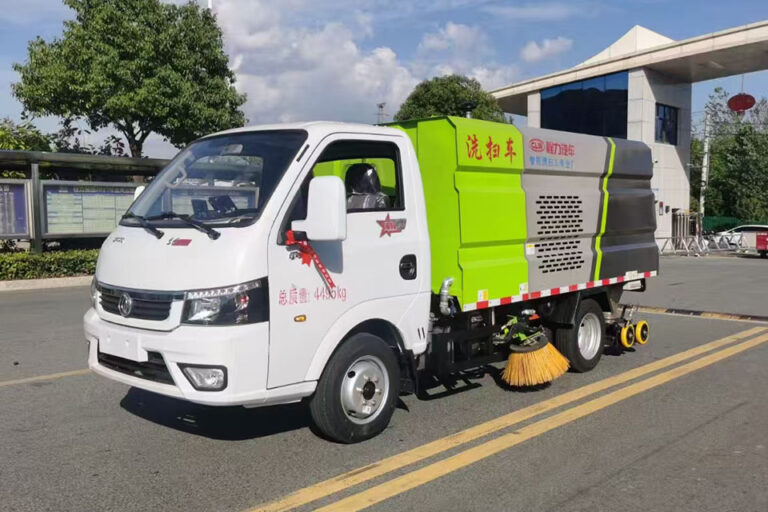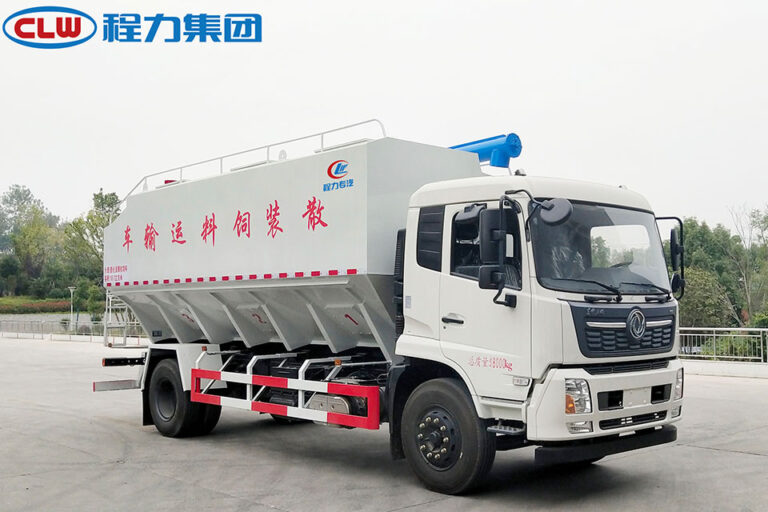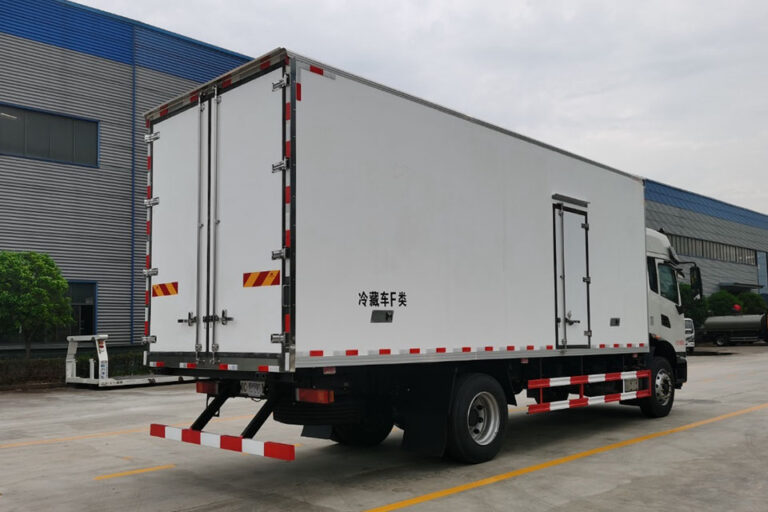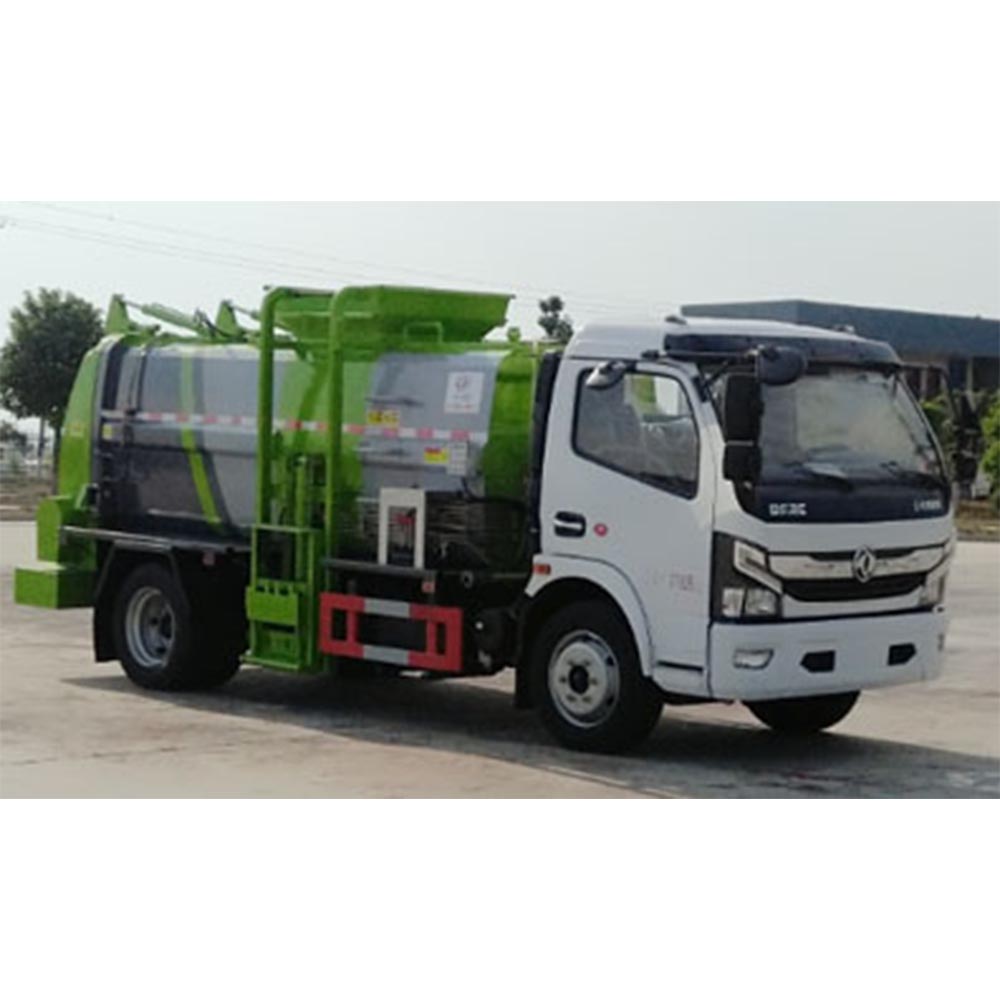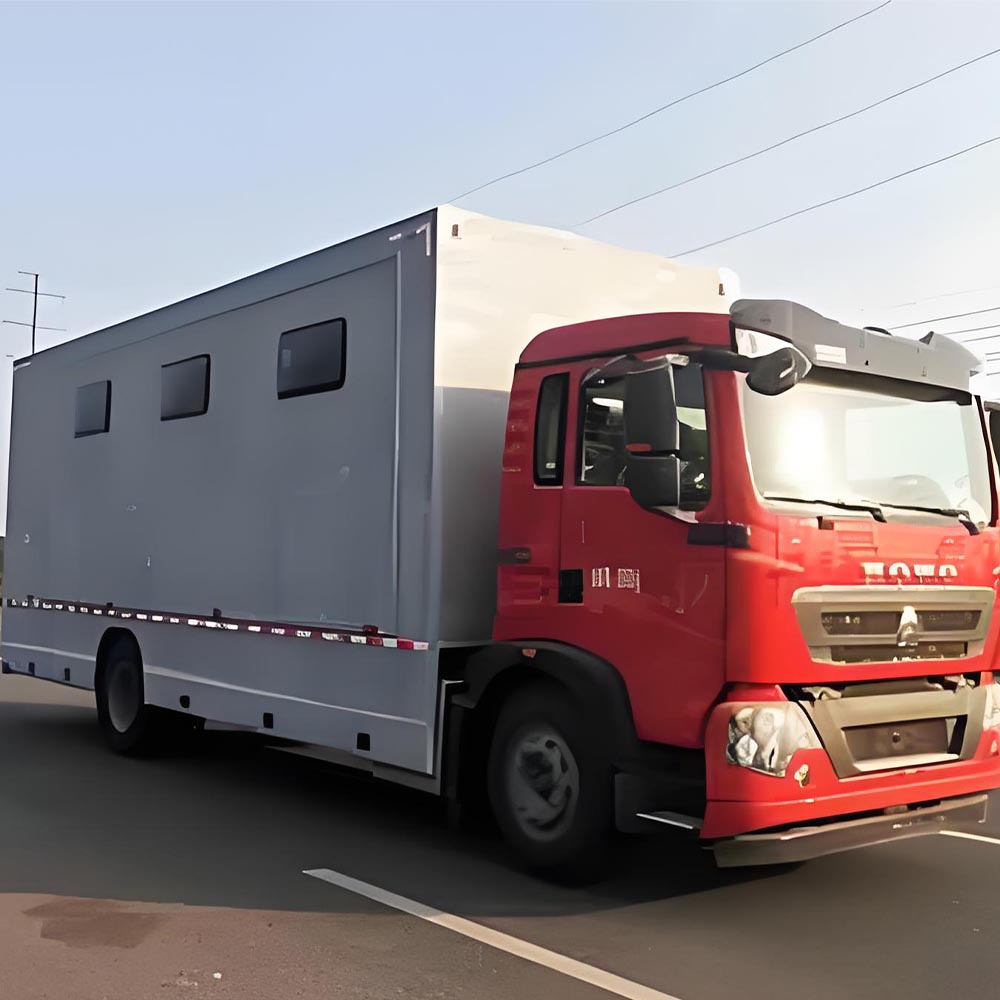-
Chengli Automobile Industry Park
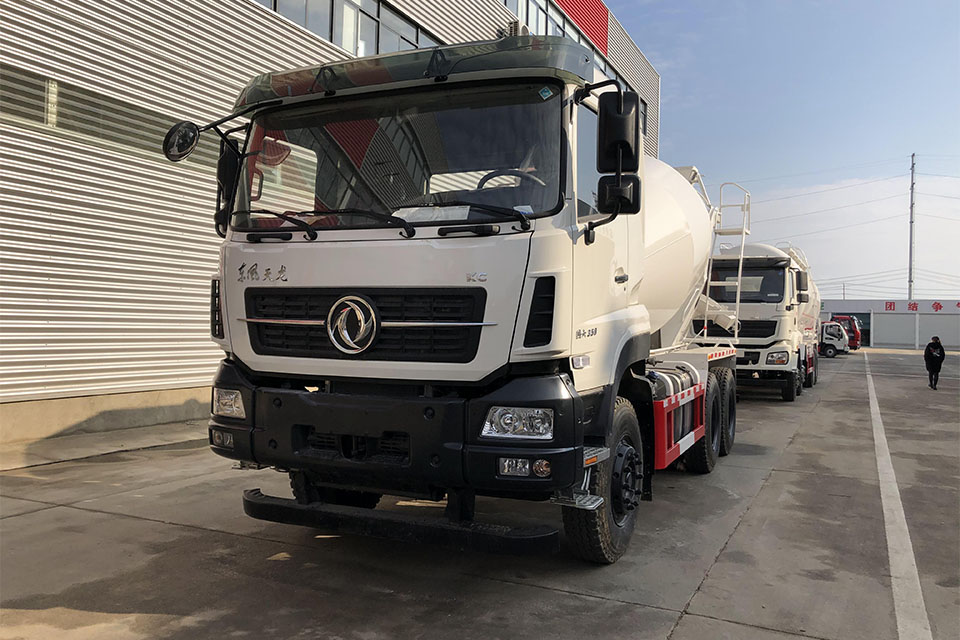
What are the characteristics of a concrete mixer truck?
Characteristics of a Concrete Mixer Truck
Table of Contents
What is a Concrete Mixer Truck?
A concrete mixer truck is a special vehicle that mixes and carries concrete to building sites. These big trucks help make sure wet concrete gets to where it needs to be before it gets hard.
Types of Concrete Mixer Trucks
There are different kinds of concrete mixer trucks:
- Front discharge mixers – These have the pouring part at the front, making them more easy to move in tight spots
- Rear discharge mixers – These have the pouring part at the back and can hold more concrete
- Self-loading mixers – These can pick up their own materials and mix on site
If you need something with more pulling power for heavy loads, you might consider a Truck-Mounted Crane for other construction needs.
Drum Capacity – How Much They Can Hold
The drum is the big turning part that holds the concrete. Here’s how much they can hold:
| Drum Size | Amount It Holds | Best Used For |
|---|---|---|
| Under 6m³ | Small amount | Small jobs |
| 6.1 to 10 m³ | Medium amount | Most city jobs |
| 10.1 to 15 m³ | Large amount | Big projects |
| 15.1 to 20 m³ | Very large amount | Huge projects |
Most city jobs use trucks that hold 10m³ or less. This is about 60% of all mixer trucks used in cities.
Concrete Mixer Truck Essentials
Common Types
Illustrative representation of a common concrete mixer design.
Drum Capacity Distribution
Key Features
Front Discharge
Improved maneuverability in tight spaces and better driver visibility.
Rear Discharge
Traditional design, often with higher capacity for large-volume jobs.
Self-Loading
Autonomous loading and mixing, ideal for remote or on-demand projects.
Diesel Engines
Common power source, found in approximately 80% of vocational trucks.
Telematics
Integrated systems (e.g., Mack GuardDog) for performance tracking.
Automation
Reduces labor costs (up to 40% reduction) and enhances safety.
Parts of a Concrete Mixer Truck
A concrete mixer truck has these main parts:
- Drum – The big turning part that holds and mixes the concrete
- Chassis – The truck frame from makers like Peterbilt and Mack Granite
- Engine – Most use diesel engines (about 80% of all trucks)
- Water tank – Holds water for mixing and cleaning
- Chutes – The slides that guide the concrete where it needs to go
For other specialized construction vehicles, the Dump Truck is often used alongside mixer trucks at construction sites.
Special Features in New Mixer Trucks
The newest mixer trucks in 2025 have cool new things:
- Smart controls – Computers that help the driver know when the mix is right
- Self-loading – Some can load on their own without extra help
- Safety guards – Cover parts that move to keep workers safe
- Remote control – Can run some parts from outside the truck
- Telematics – Tracks how the truck works and where it is
About 70% of new mixer trucks now have these tracking systems to help watch how they work.
Automation in Mixer Trucks
The newest mixer trucks are getting smarter:
- They can drive better with help from computers
- They can measure what goes in the mix very exactly
- They have sensors to watch for problems
- They can be controlled from far away
- They cut work costs by about 40%
If you need vehicles for other special purposes, check out Concrete Mixer Truck for Sale for ready-to-use options.
How to Choose the Right Mixer Truck
To pick the right mixer truck:
- Think about the size of your job – Small jobs need small drums
- Check how easy it is to move – Front discharge is good for tight spaces
- Look at the cost – New 2025 models cost 15-20% more than older ones
- See if it has smart features like telematics
- Think about how safe it is – 90% now meet safety rules
Prices and Models
Prices for concrete mixer trucks vary:
- New 2025 models like the Peterbilt and Western Star cost more than older ones
- A used 2009 Liebherr on a MAN TGS chassis costs about $42,520
- Mercedes makes an 8m³ mixer for standard jobs
- The new ADVANCE Challenger is a front discharge mixer good for city work
What’s New in 2025
The newest mixer trucks in 2025 have:
- ADVANCE Challenger – A new compact front discharge mixer
- Mack Granite mixer – With GuardDog Connect to track performance
- Self-loading mixing transporters – With smart navigation
- Better safety features – 90% compliance with safety standards
Why Concrete Mixer Trucks Matter
Concrete mixer trucks are very important because:
- They keep concrete wet and ready to use
- They mix while they drive
- They can go to places where making concrete would be hard
- They save time and money on big jobs
For more specialized concrete equipment, explore the Concrete Pump Truck which works well alongside mixer trucks on larger projects.
Questions People Ask
How much concrete can a mixer truck hold?
Most mixer trucks hold between 6m³ and 15m³ of concrete, with city trucks usually holding 10m³ or less.
Are self-loading mixers worth the extra cost?
Yes, if you work in remote places or need to mix on site. They can cut work costs by about 40% but cost more to buy.
Which is better – front discharge or rear discharge?
Front discharge is better for tight spaces and where you need to see better. Rear discharge is better for bigger jobs where you need to carry more concrete.
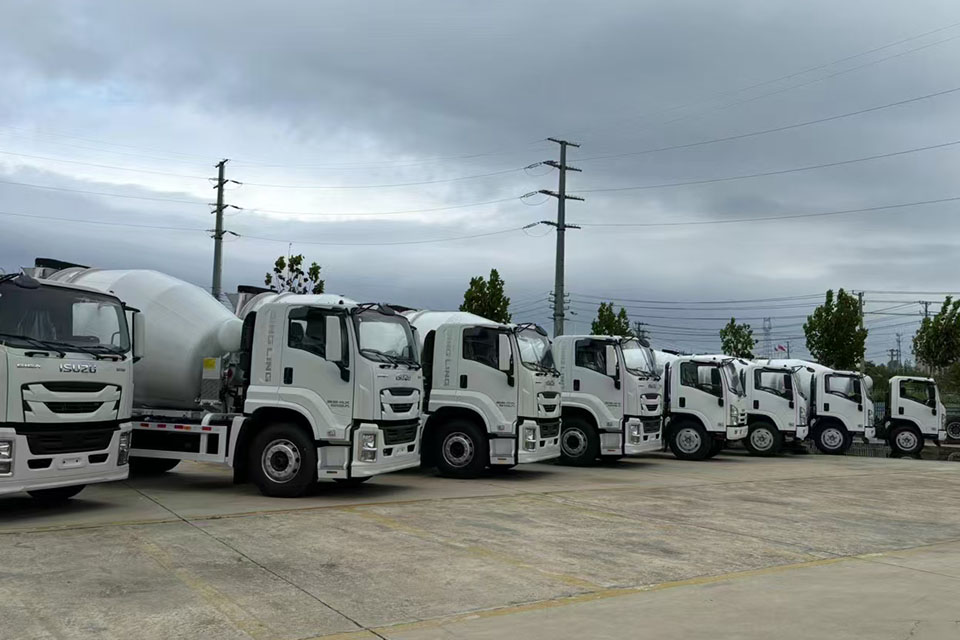
Summary
Concrete mixer trucks come in many types and sizes, from small 6m³ trucks to big 20m³ ones. The newest models have smart features like telematics and self-loading. When picking a mixer truck, think about the size of your job, how easy it is to move, and what special features you need.
As the construction industry evolves, mixer trucks continue to be essential alongside other specialized vehicles like the Tipper Truck for complete job site solutions.


